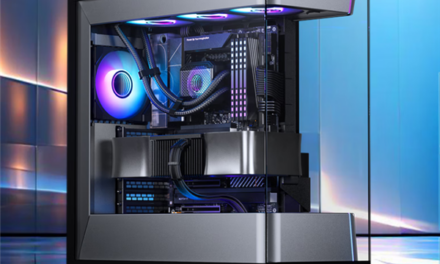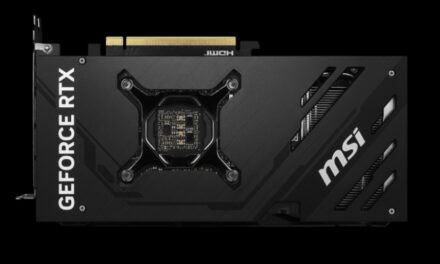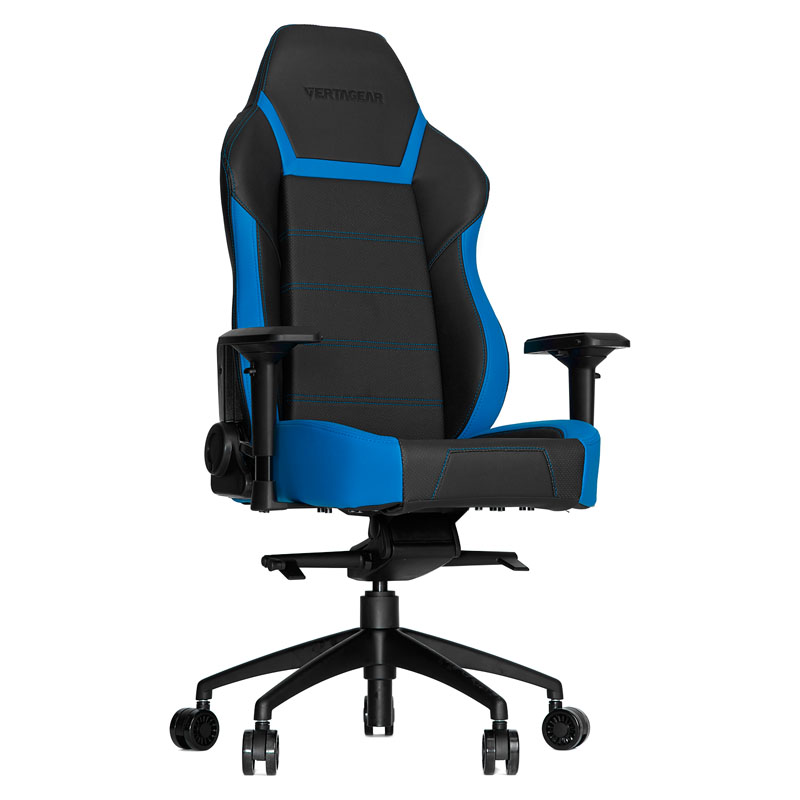
Intel Nova Lake Processors Unveiled: Rumored Specs and Early Details

Intel’s next-gen desktop processors, codenamed Intel Nova Lake, are reportedly targeting a 2026 release. Recent leaks from industry insider Jaykihn on platform X suggest the lineup may feature configurations with up to 52 cores. However, enthusiasts are cautioned that these details reflect early-stage prototypes, which could undergo revisions or cancellation. Similar speculations arose around the rumored 40-core Arrow Lake design (8P + 32E), which allegedly existed in development but never reached production.

According to leaks, Intel Nova Lake is expected to utilize the Coyote Cove architecture for performance cores (P-cores) and Arctic Wolf for efficiency cores (E-cores). Prototypes of the chips have reportedly been distributed to developers, aligning with Intel’s timeline for a potential 2026 launch. Co-CEO Michelle Holthaus confirmed that while most Intel Nova Lake components will be manufactured in-house, some production will involve third-party partners like TSMC and Samsung.
Jaykihn outlines three possible configurations under consideration:
- 52-core: 16P + 32E + 4LPE (low-power efficiency cores, likely on the SoC tile)
- 28-core: 8P + 16E + 4LPE
- 16-core: 4P + 8E + 4LPE
The 52-core variant is speculated to employ a dual 8P+16E cluster design with four LPE cores, possibly using a split CCX-like structure with a dedicated or unified L3 cache. While rumors suggest this SKU could target high-performance desktops and premium laptops (HX-series), the details remain unverified due to the preliminary nature of the data.
Architecturally, Coyote Cove is believed to succeed Lion Cove (used in Arrow Lake/Lunar Lake), followed by Cougar Cove (Panther Lake). For E-cores, Arctic Wolf may replace Darkmont, which itself supersedes Skymont. Additionally, leaks mention a Intel Nova Lake configuration with a 144MB L3 cache, though such ambitious designs often remain theoretical.
Despite retaining an off-die memory controller, a potential latency concern—Intel may introduce optimizations to mitigate performance impacts. However, given the speculative nature of these leaks, readers are advised to approach the information cautiously until official confirmations emerge.
Read Also: Intel Core Ultra 7 255H Crushes Its Predecessor in PassMark Test


























